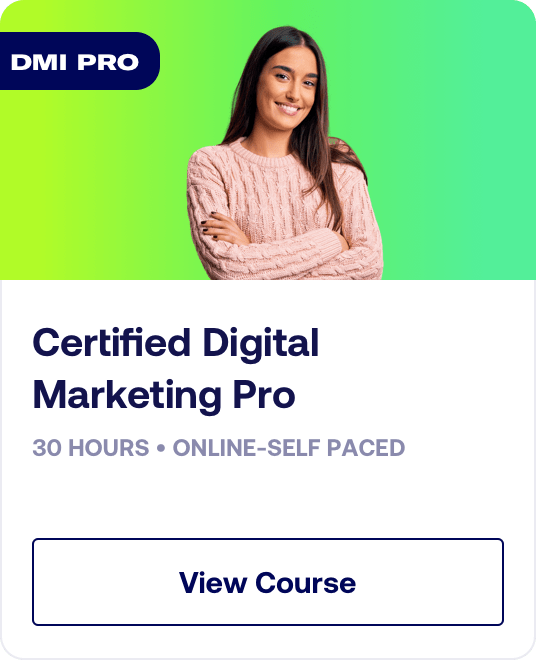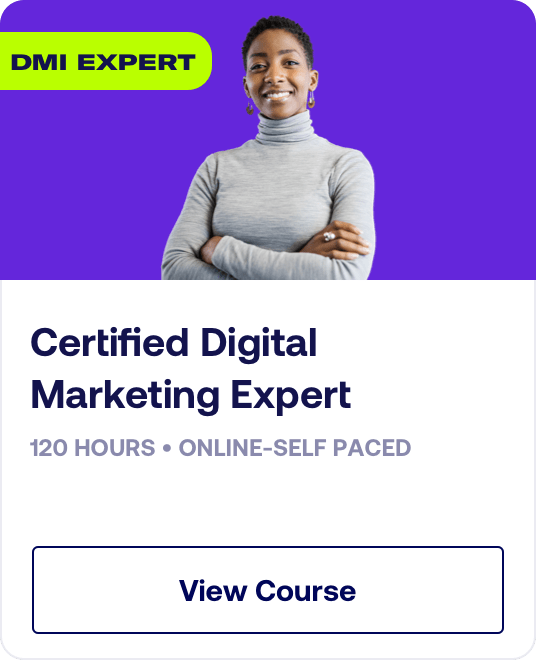Digital Marketing - Study Notes:
Examining objectives
Having looked at each stage in the SMART objectives model, we can now evaluate some examples of how this system can be implemented in a real business situation.
Example 1:
Increase the annual banquet dinner (March 28th) attendance by 150% by emailing out 300 additional invitations to program sponsors and volunteers, having ten local businesses sponsor tables, and asking guests to RSVP by January 15th.
What do you think about this objective? Do you think it's precise enough? Does it fit into the SMART model? For example, is it specific? Well, if you examine it closely, we know who we're targeting, and how many invitations we want to send.
We know exactly when the annual banquet takes place, March 28. Therefore, we can say it is time-bound. And we know when we want them to answer, by January 15, so that’s another example of this objective being time-bound – the T of our SMART objective. Now, is it measurable? We have a component here, 150%. So at the end of this campaign, the company will be able to evaluate the success of their goal by asking: “Did we achieve this attendance, did we increase the attendance by 150% by emailing 300 additional invitations?”
Is this goal achievable? With the information available to us in this context we can't really know, but we can imagine that the company has done its research and knows, approximately, how many people usually answer, and how many extra invitations it will need to send to raise the attendance of the event.
Now, is the objective relevant? Well, again, this depends on the context, but we can imagine that as part of its main strategy the company wants to raise awareness with sponsors and other guests. Crucially, we can infer that the company wants to make sure these sponsors and guests come to the event because, perhaps, it is launching a new product or service, and the company intends to exhibit its new values and direction.
Example 2
Drawing from the overall marketing budget of €90,000.00, the PPC element of the campaign will use €22,500 (25%) of the available funds. Within the 12 month period, the PPC campaign will deliver 12 new customers, each with a lifetime value of €7,000.00. PPC will deliver a total return of €84,000, a total ROI of 273.3%.
Example 3
By September 21st, 2019, increase website traffic by 21% using owned content optimization to drive customers to our site organically by increasing our website authority, delivering 13 new customer per month.
Take a look at the other examples here and see if you can spot each quality in the objectives.
- Do they fit into the SMART model?
- Are they specific, measurable, achievable, relevant, and time-bound?
Philippe Polman
Philippe is a digital engagement specialist with extensive experience helping clients to create and manage deeper, more personal relationships with their target audiences. In previous roles, Philippe has designed and executed international communications programs focused on internal communications, UX, brand management, media engagement (traditional and digital), investor relations, and corporate positioning. More recently, he has founded his own aviation consultancy business, which combines both his passion and experience for the aerospace industry.





